Between Artifice and the Sublime — New Landscape Photography by Christopher Rodriguez
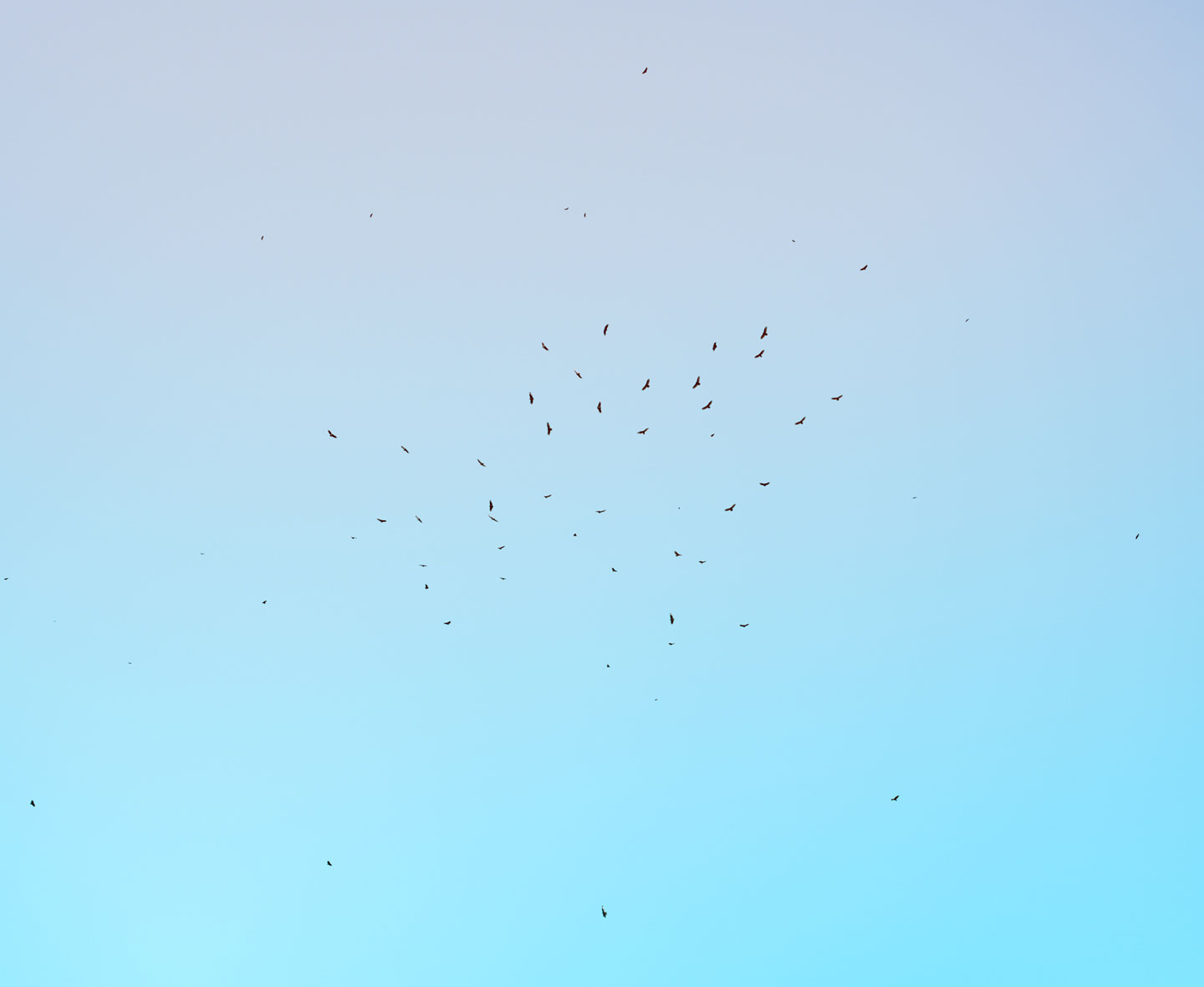
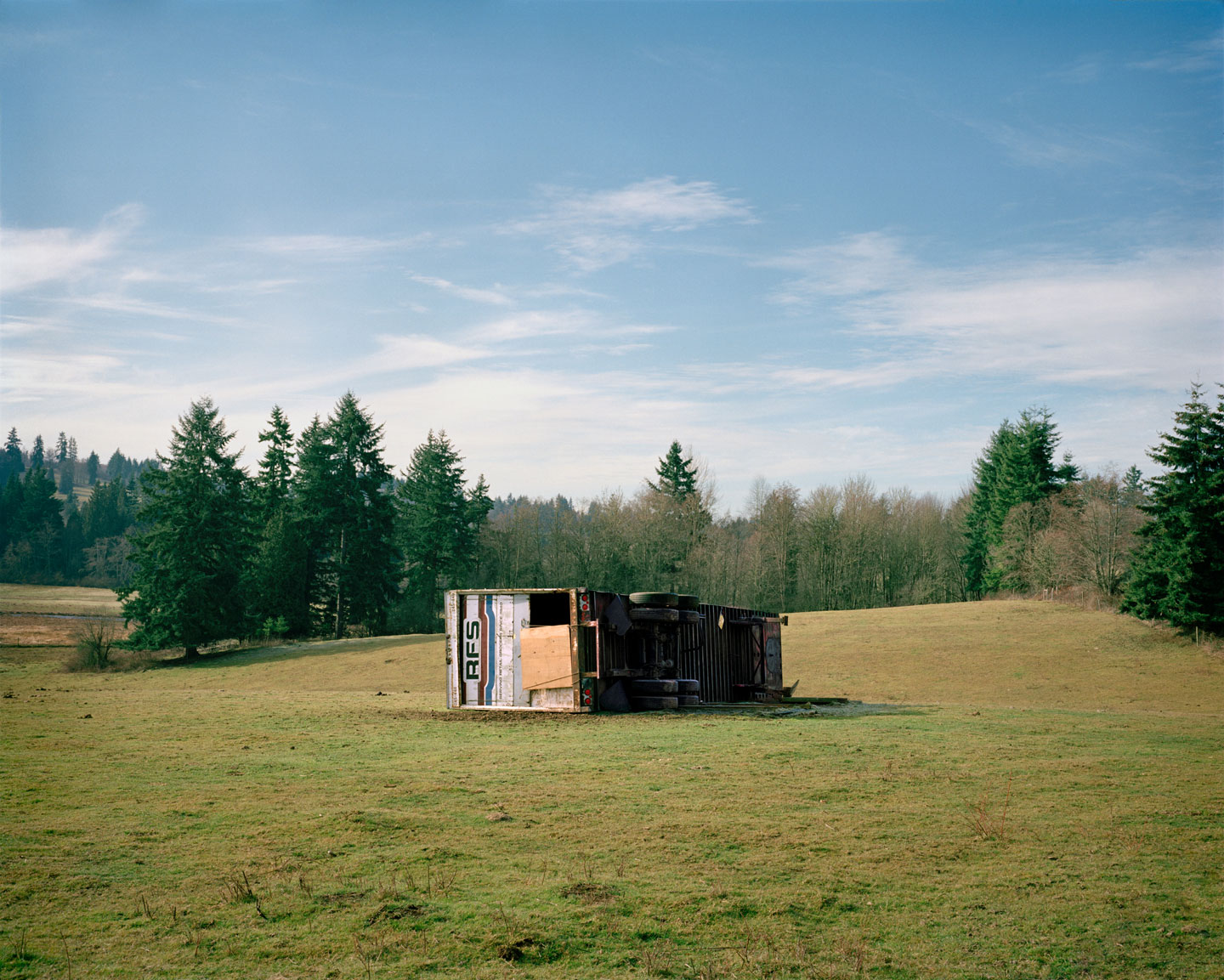
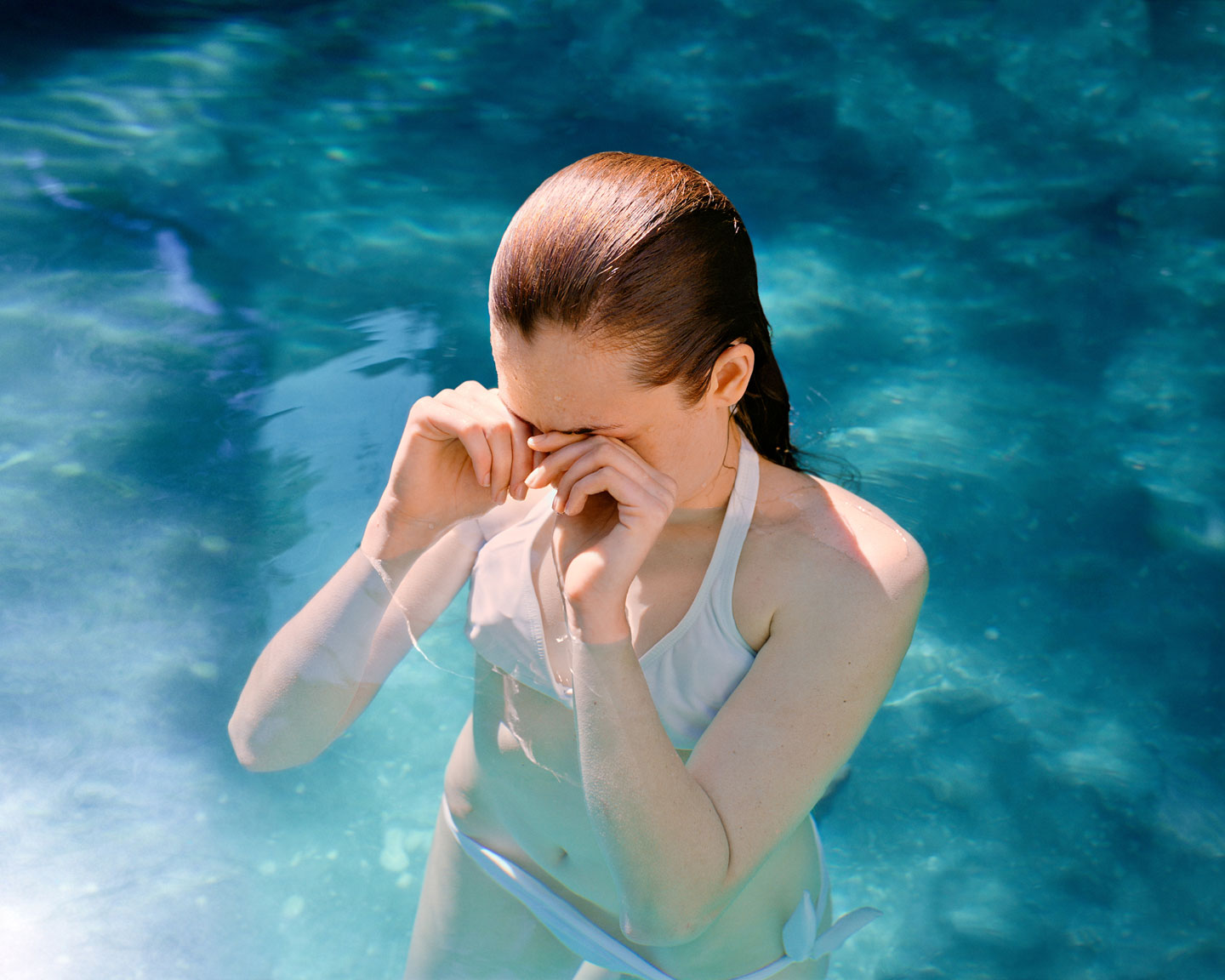
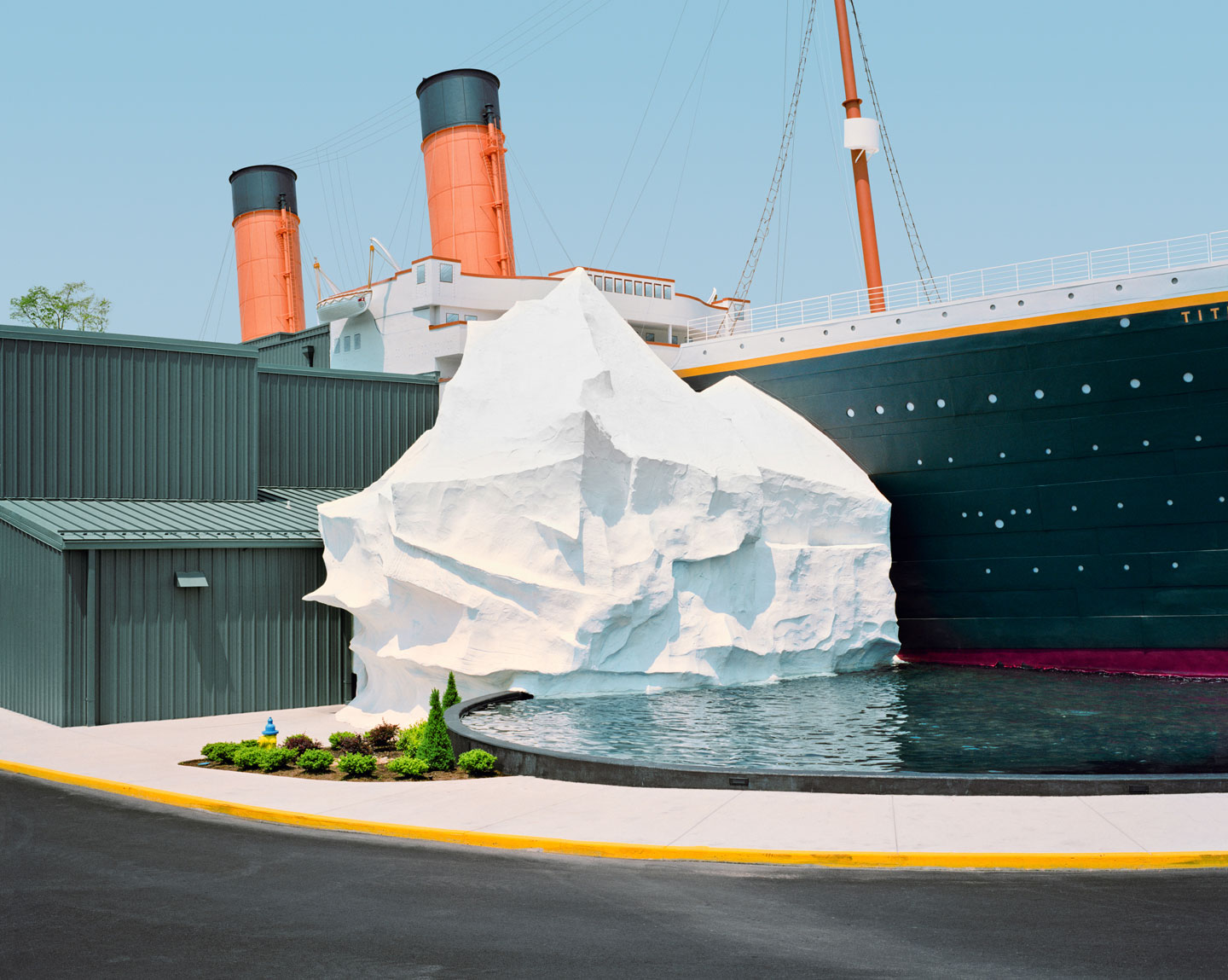
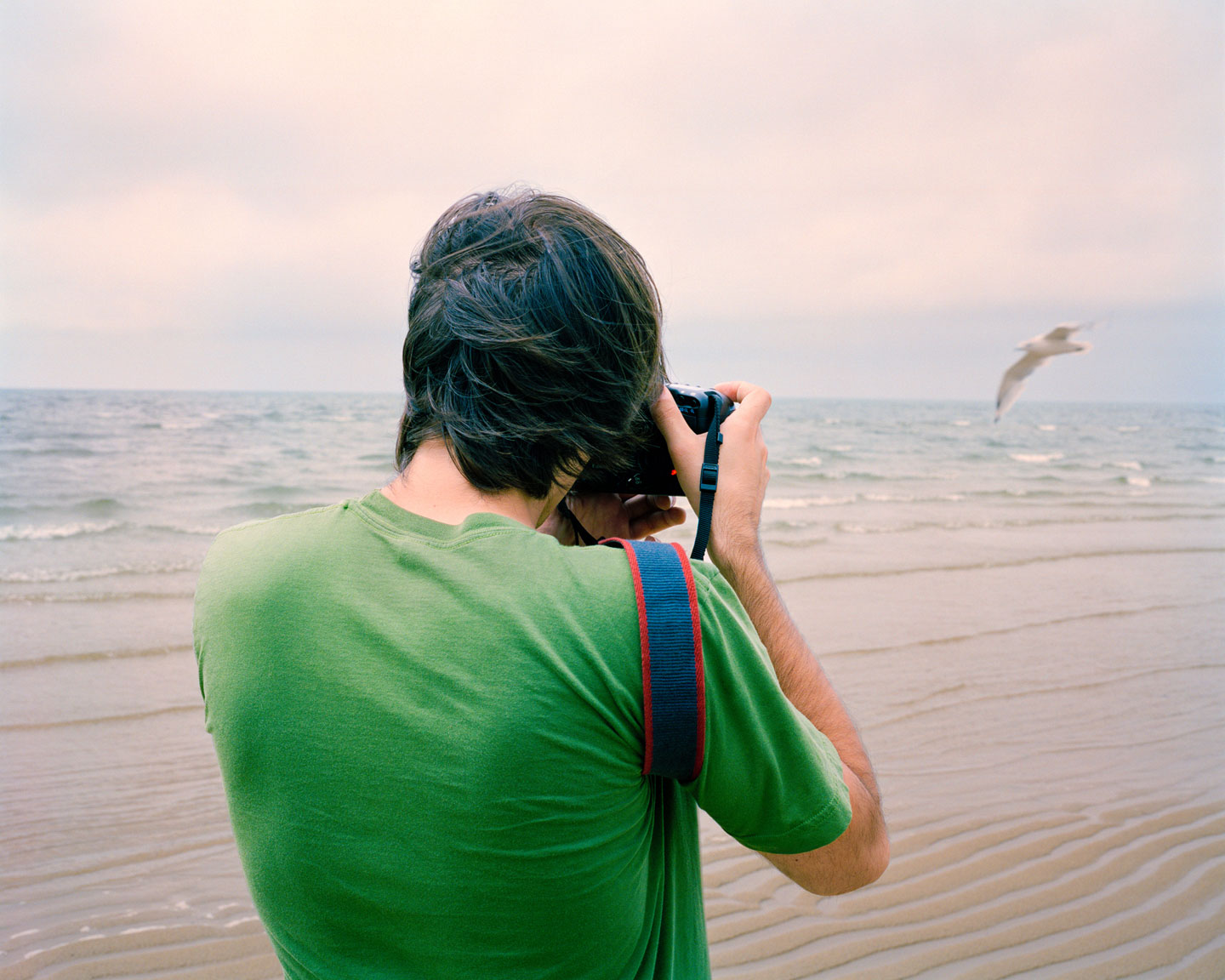


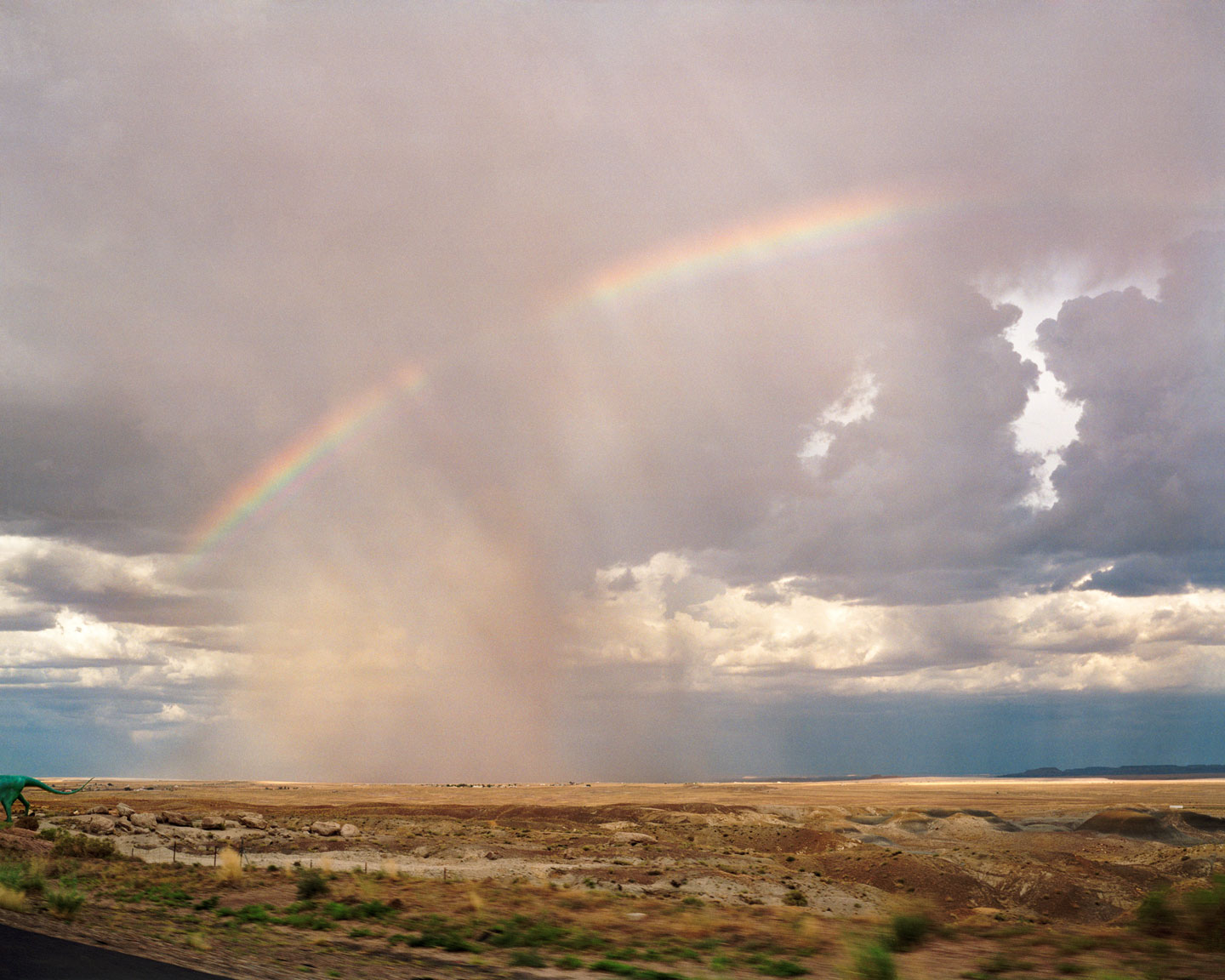
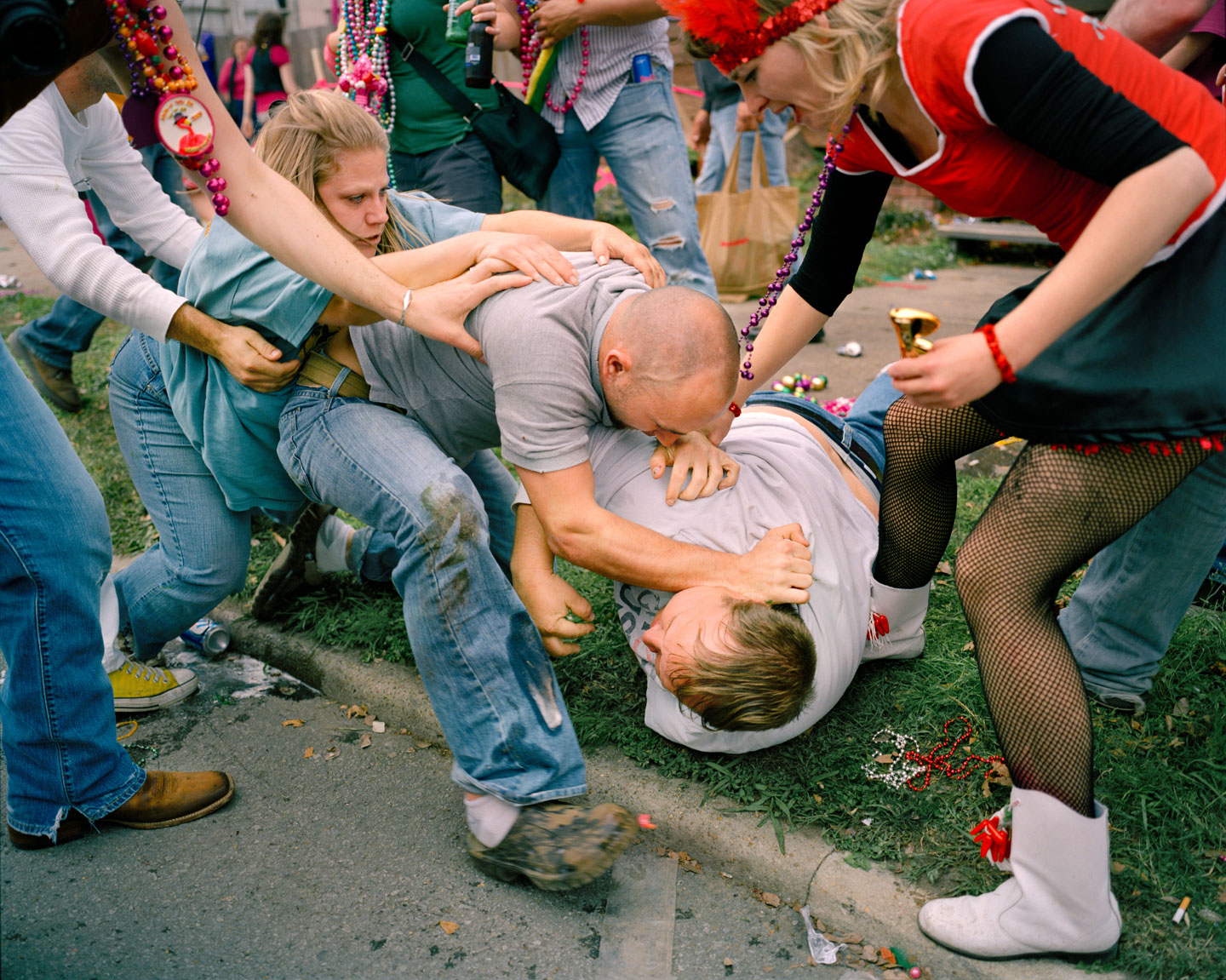
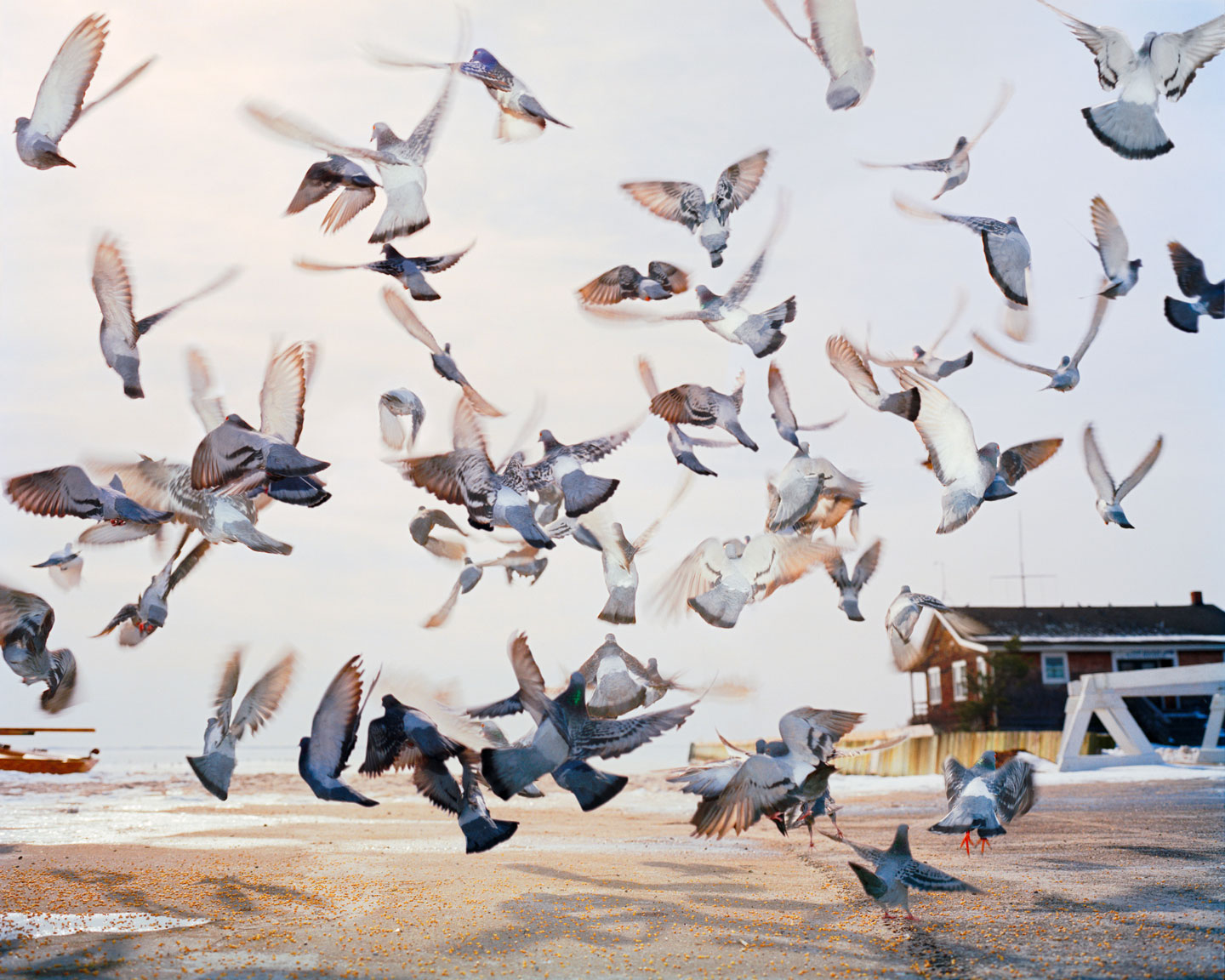
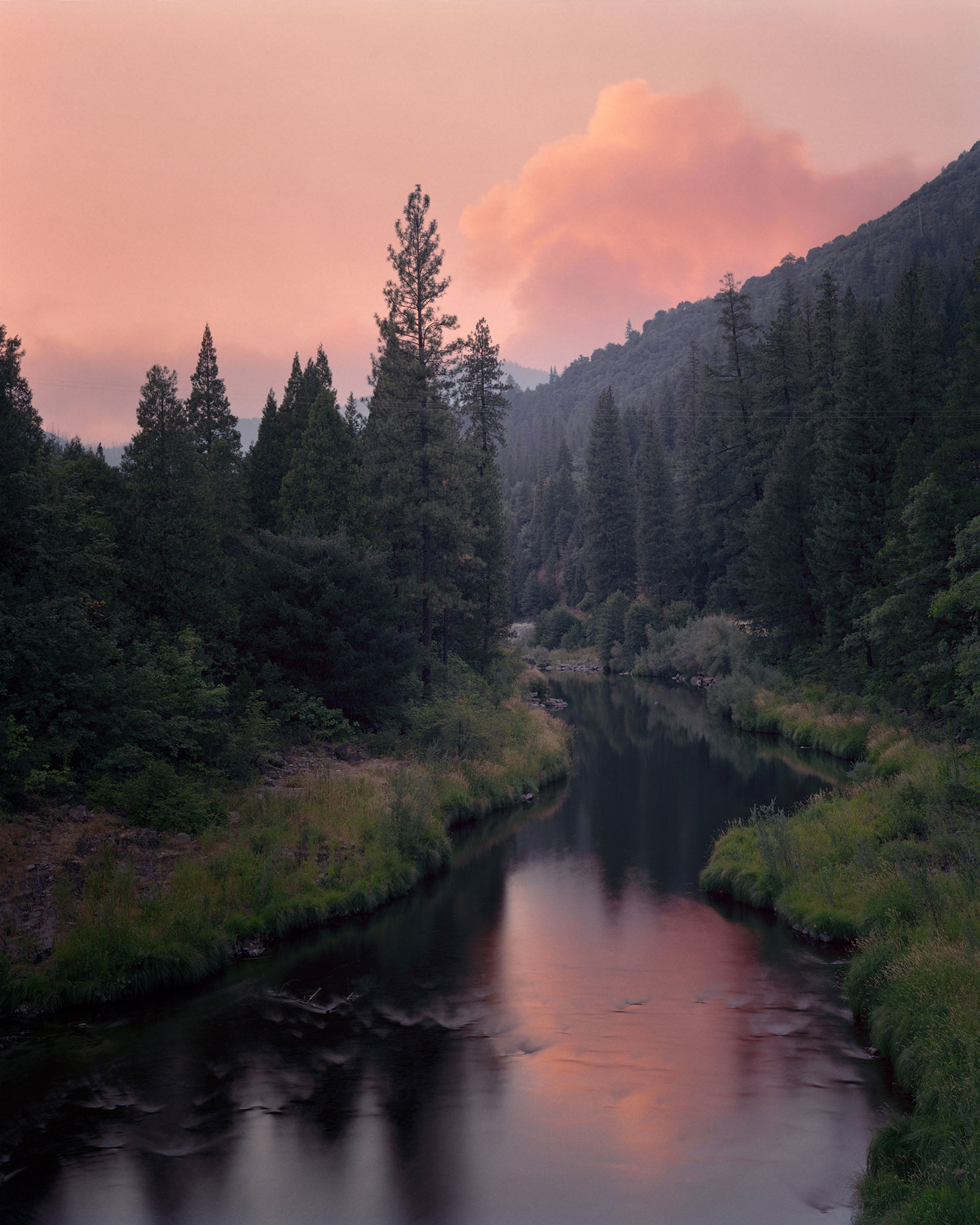

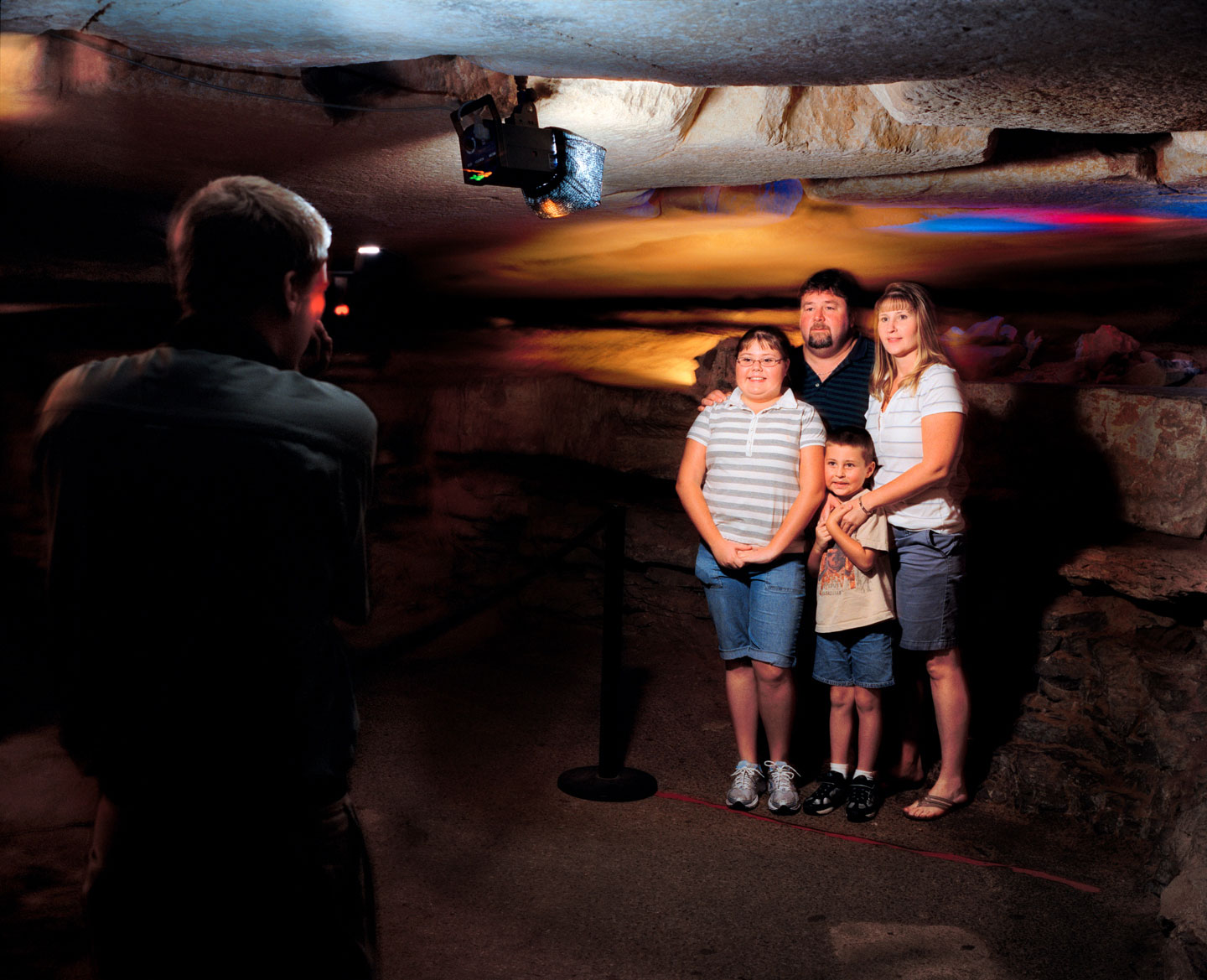

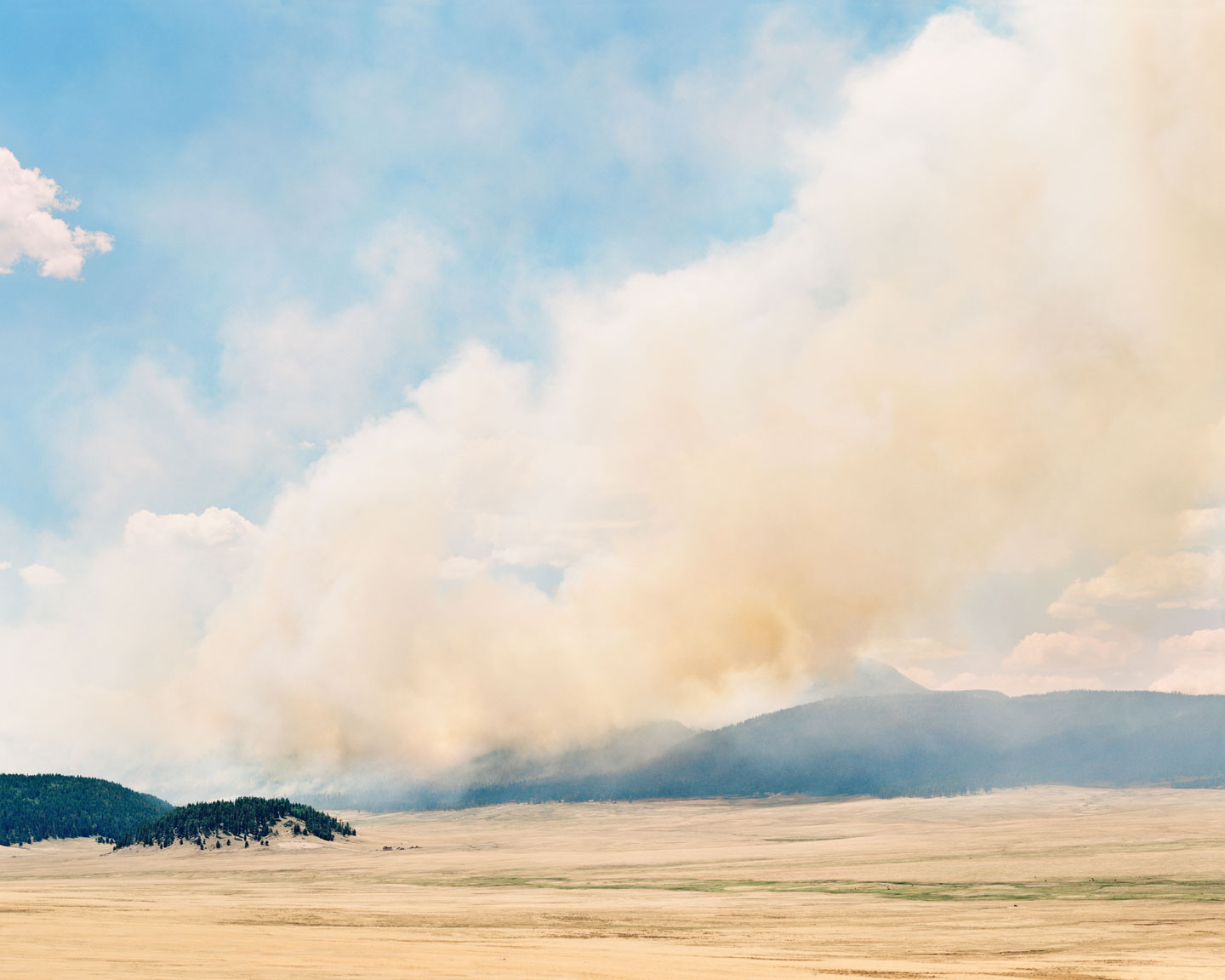
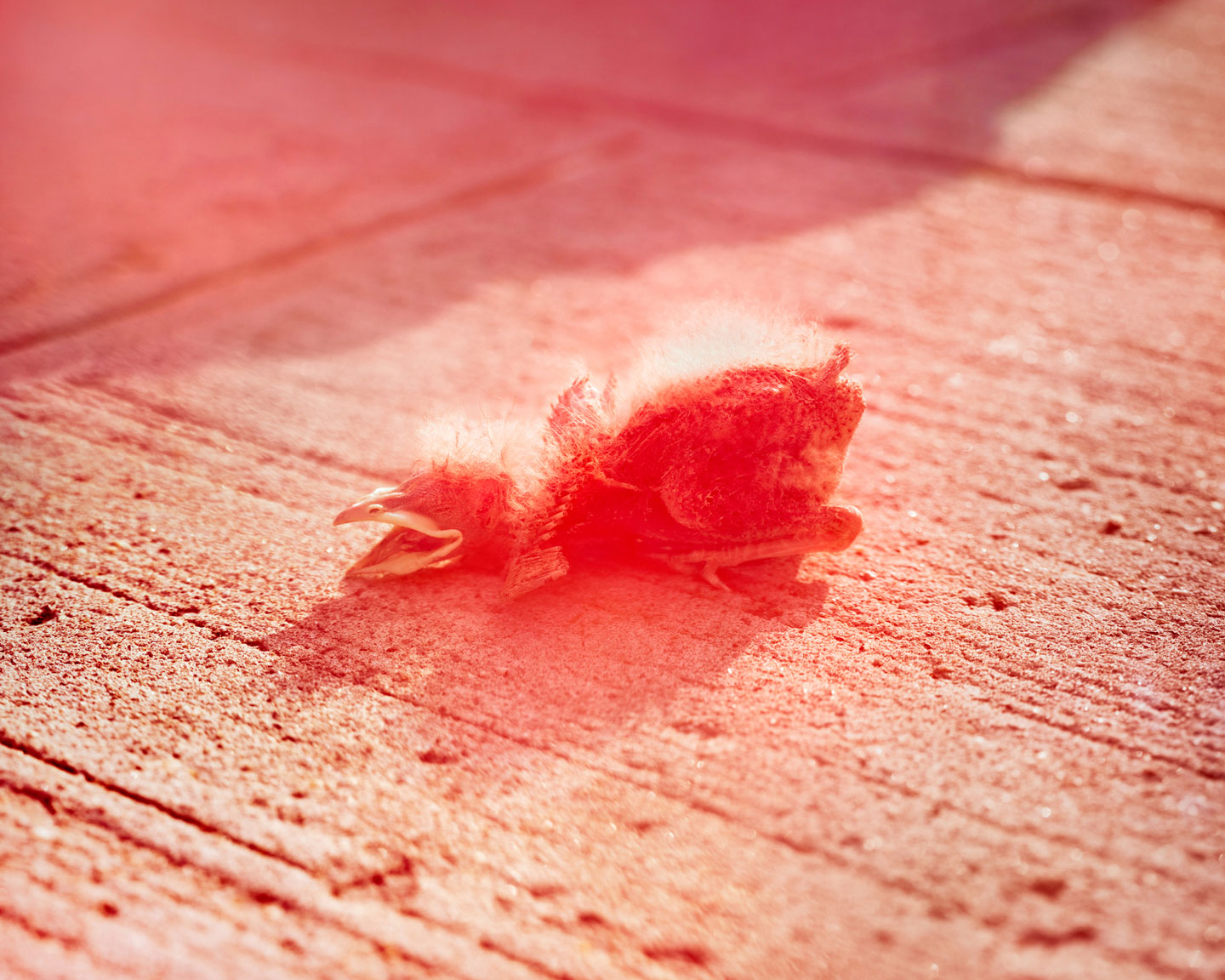
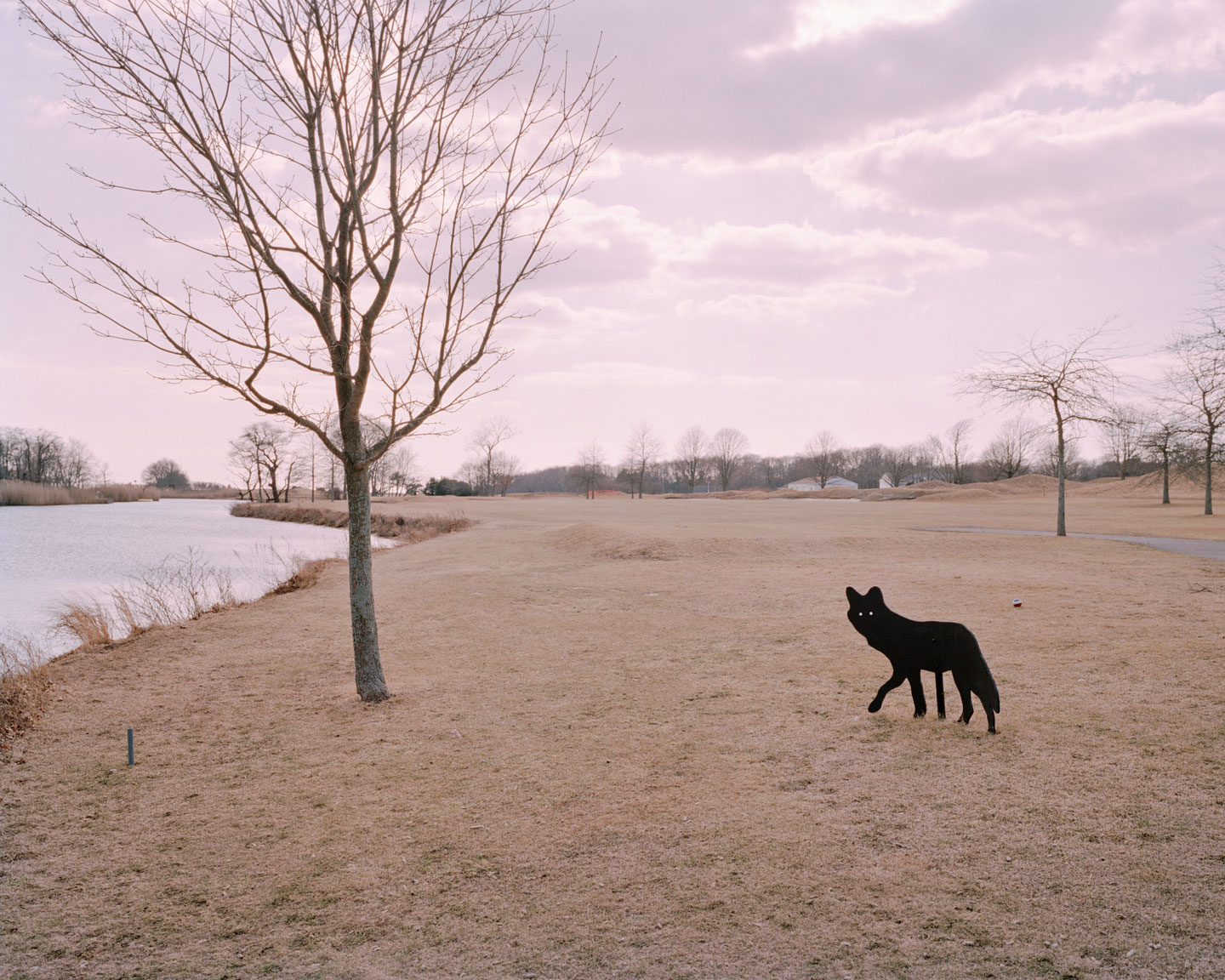
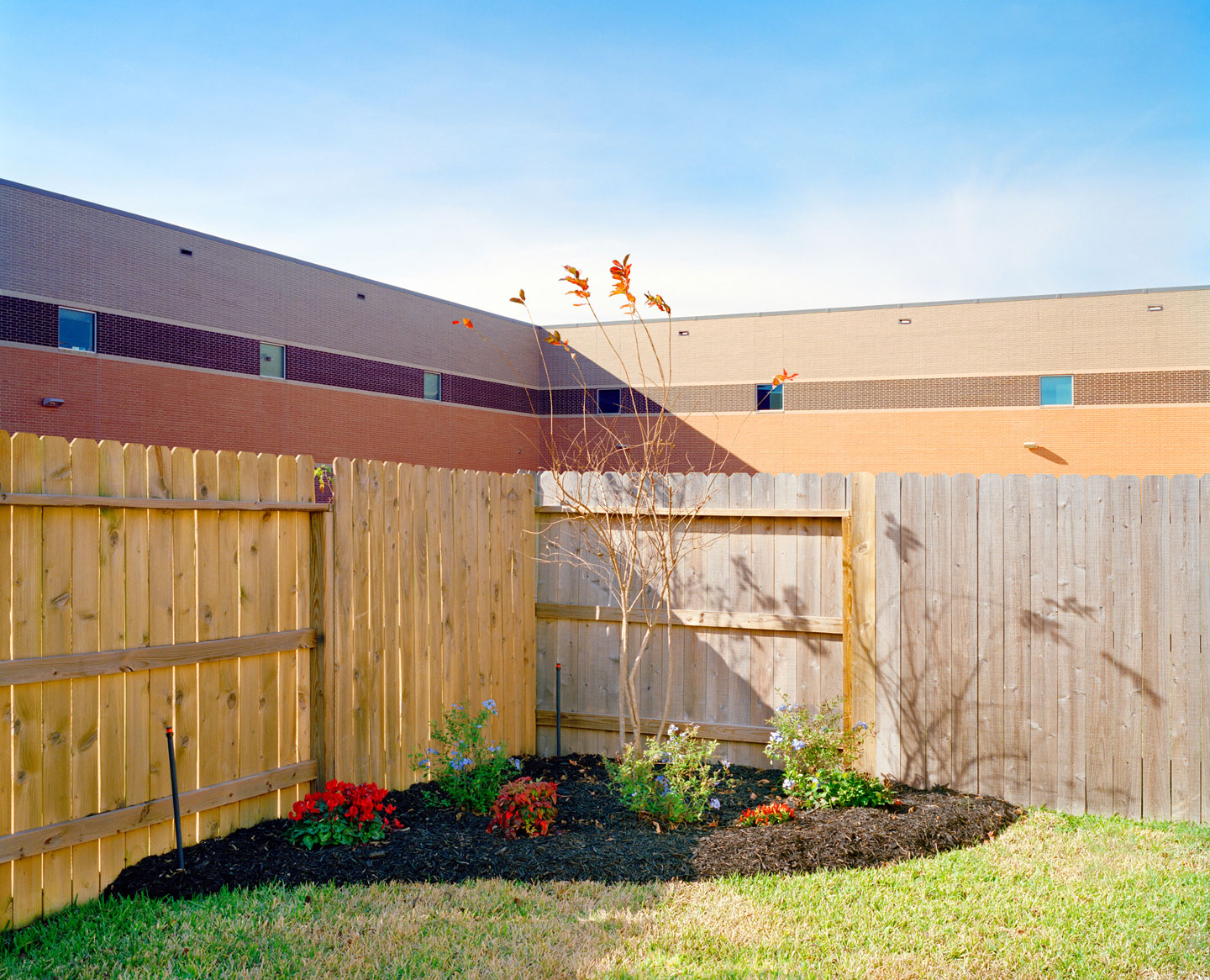

35 year-old American photographer Christopher Rodriguez discusses Between the Artifice and the Sublime, a series of landscape photographs mainly characterized by a particular use of color that Christopher here defines as “synesthetic.”
Between the Artifice and the Sublime is currently on view at Sasha Wolf Gallery in New York until next 19 December – see here for details.
Hello Christopher, thank you for this interview. What are your main interests as a photographer?
I am interested in landscapes that have a charged atmosphere, where light and color generate a spectacular, improbable event. I aim for developing my own personal vision of landscape, a place rooted in both historical and contemporary experiences.
What is Between the Artifice and the Sublime about, in particular?
This project is about using photographs to map and narrow the expansive territory between two antithetical propositions of landscape: authentic emotional experiences (the sublime), and artificial or man-made analytical conditions (artifice). By presenting these different types of imagery together, I am able to celebrate the incongruous and interchangeable qualities of the work.
How long have you worked on this project?
Subconsciously since 2007, consciously since 2011. Most of these images were actually made on the side, serving as ‘b-roll’ images, while I was working on other projects. A few years ago I started playing with the sequencing and realized these images could actually work together and be greater than the sum of their parts. There was a sense of atmosphere and unease that provided cohesiveness, and I liked how the subject itself — whether it was architecture, people or wildlife — could take a backseat to the more elusive quality of how the pictures felt.
What inspired Between the Artifice and the Sublime, and what are you trying to communicate with these images?
The inspiration for this project comes from many sources. I have always had an intense relationship to color, and have been thinking of color in synesthetic terms for many years, especially after studying under Marco Frascari and learning of the drawings of Carlo Scarpa. During the formative years of this project I was also working for James Casebere, for whom I produced his Landscapes with Houses series that invoke the Sublime, and whose images also rely heavily on subliminal language.
Can you talk a bit about the making of the photographs, and how you achieved the feeling of artificiality of the images?
I think it has a lot to do with color. I shoot on color negative, scan it and then edit the photographs on the computer. The color density I can achieve with negative is very important to the work, in that I feel it possesses material qualities. Also, colors can be introduced (sometimes by accident) during the scanning process and I will accept these mistakes as successes – Baby Bird, NY [image below] is one example of this. I am not interested in color accuracy but am only concerned with the emotive and psychological qualities of color which possess their own truth. I prefer to access the landscape through impressionistic and lyrical means, as opposed to more documentary ones. The color palette also becomes a way of maintaining continuity between successive images, where each has its own particular subject matter.
When I shoot, I often don’t look at my images right away. By sitting on the images for a little while, when I see them again they are out of context and it helps me judge them more objectively, without biases I might have had while I was shooting. I also scan all my negatives in backwards and found that it helps me re-see my images in a new light.
Initially, I look for images that have a compositional quality to them but they also need to speak to each other in terms of atmosphere and subject. And so what ends up happening is I isolate images based on the larger ideas that are important to me without really worrying about the type of photographic genre that it is. I believe that addressing similar ideas using multiple genres actually helps elucidate the subject.
Did you have any specific references or sources of inspiration in mind while working on Between the Artifice and the Sublime?
I am most inspired when I travel, and drive to look for anomalies or quirks in the environment that might become the foundation for an image. I think of the landscape as a set of metaphysical problems that can only be solved my making photographs. Many elements have to align between the subject, light and color to create the right conditions for my photographs to be successful.
What have been the main influences on your photography?
At first glance, the collection of images might look to be randomly selected and juxtaposed, but they are actually carefully sequenced to privilege atmosphere, free association and poetics. Photographers that have influenced my photographic sequencing include Paul Graham, Wolfgang Tillmans and Jason Nocito’s book Loads.
Who are some of your favorite contemporary photographers?
Jason Fulford, Mark Dorf, Sarah Anne Johnson, Gregory Halpern, Charlie Rubin.
Choose your #threewordsforphotography.
Elusive. Invisible. Subliminal.
Keep looking...

FotoCal — Photography Awards, Grants and Open Calls Closing in October 2024

FotoCal — Photography Awards, Grants and Open Calls Closing in September 2024

FotoCal — Photography Awards, Grants and Open Calls Closing in August 2024

FotoCal — Photography Awards, Grants and Open Calls Closing in July 2024

FotoCal — Photography Awards, Grants and Open Calls Closing in June 2024

FotoCal — Photography Awards, Grants and Open Calls Closing in May 2024

FotoCal — Photography Awards, Grants and Open Calls Closing in April 2024




